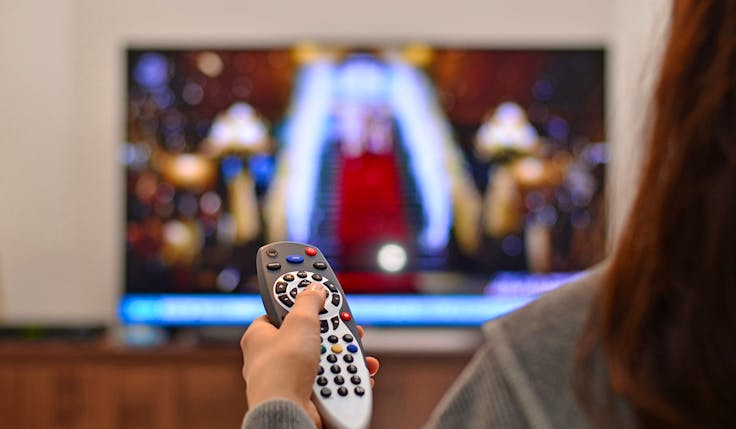Plan for the distraction: Research reveals the impact of audio on ad cut-through
Research from Thinkbox and academics demonstrates the interplay between audio and video for recollection, effectiveness and distraction.

Watching TV keeps audiences’ attention. Watching ads on TV does not. We do not live in an ideal world in which audiences pay attention to ads, but there are ways to maximise the impact ads can have and engage distracted consumers, according to new research.
Audio jingles and music help increase cut-through even when the viewer’s visual attention is elsewhere, according to a study conducted by Thinkbox looking into distraction and ad effectiveness.
Dr Alastair Goode, a cognitive scientist at Gorilla In The Room, worked in partnership with Thinkbox on the research and was speaking at an event to launch the findings this morning (21 September).
He and a team conducted a series of experiments designed to measure the impact of various distracting activities on ad awareness and retention. His primary finding was that, while the cognitive load of those activities does negatively affect ad awareness, “there is plenty left over for the ads afterwards.”
The team’s research, conducted in real-world environments to maximise the accuracy of the results, also finds activities like talking and looking at social media, which demand a higher amount of attention load, led to less cognitive space being left available, and were more distracting than activities like listening to music at the same time.
Audio-video
Professor Polly Dalton, a professor in psychology at the Royal Holloway and University of London who was also talking at the event, said: “Hearing is very much a sense that operates over time if you know, our speech is operating over time… whereas if you think about how much visually you can take from one static image, [vision has] amazing spatial resolution.
“So there’s a really interesting difference in the setup, just the basic nature of the sensory information, which then I think probably relates into the onward memory and processing.”
While this is intuitive, the team did find distractions for one sense had an impact on the others. Goode said: “We thought visual might interrupt with visual attention, and auditory interrupt auditory attention. But… a full selection of visual and auditory distractions interrupted both visual and auditory attention. So hearing something interrupted visual attention, and looking at something interrupted auditory attention.”
TV is no longer a ‘preferred’ ad channel for marketers
Notably, the research also demonstrates ads that are strong in one sense are not necessarily effective across the board. The study finds Nike to be particularly effective in a visual sense but performs much worse in audio effectiveness, while brands including Tiffany had the opposite problem.
The research finds, for example, that Just Eat’s ads with its distinctive jingle over-indexed for recall among the study participants, as did adverts that used licensed music.
Geoff de Burca, chief strategy officer for EssenceMediacom, believes the implication for marketers is to consider the context in which ads will be consumed, rather than focus on initial focus testing results in sterile conditions. “The way [agencies] are creative, they sit in rooms with clients studying adverts, in a very focused, concentrated way. But of course, they’re being viewed in a distracted way. So planning for that distraction… that’s really critical, isn’t it?”
Multisensory
To that end, Goode advocated for a multisensory approach to creativity, one that involves both visual information that arrests attention and audio that aids with retention and recall. The panel also noted this is more qualitative evidence for the multiplying effect of multichannel campaigns, with both audio and visual effects shoring each other up over time.
The research also has implications for planning and buying of ads. Mark Barber, planning director at Radiocentre, cited a live series of experiments conducted by company Autoglass, which has a distinctive, short jingle.
The company found that even when the ad was played in each and every ad break on radio, audiences had the same levels of tolerance for the jingle overall, suggesting good audio creative can also reduce concerns around frequency. He did point out, however, that for the most part ads are often merely “tolerated” by audiences, rather than actively enjoyed.
Barber said: “We’ve got many distractions, and maybe frequency is helpful in that regard. How much frequency do we think we need to really land this piece of information? You’ve also got the other element which is using frequency as a nudge, so the message is established. And then you’re just using a little bit of frequency further down the line to just remind people.”
Great audio creative, then, is not merely a nice-to-have for TV ads. For brands, the need to give consideration to their sonic branding is as great as the need to have great visuals.
ITVX overtakes Disney+ and All 4 as UK’s fourth most considered streaming service







